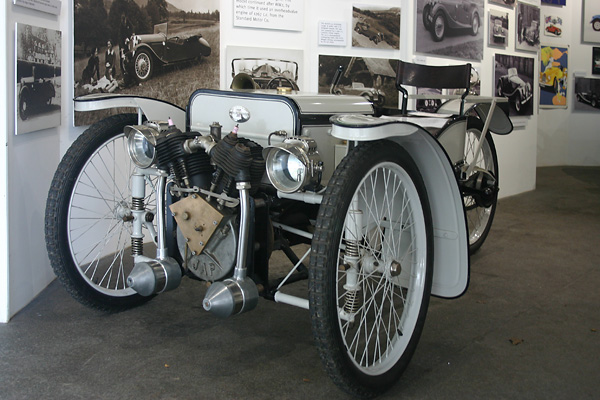
He was ultimately a diplomatic envoy to Siberia under President McKinley. He was the first black graduate of Harvard College, and went on to become a professor, a librarian and the dean of the law school at Howard University. DuBois’s influential 1903 essay of that name. In concealing her racial identity, Greene was also ducking a particular kind of celebrity, that of the high-profile “credit to the race.” Her father, Richard Theodore Greener, was a proud and prominent member of the Talented Tenth, cited by name as one of the “new group of educated and gifted leaders” in W.E.B. Rather, she was African American, and chose to pass-not exactly as white, but as an exotic puzzle. Belle was not Portuguese, although she likely had some Spanish ancestry. But “da Costa” was a fiction, and “Greene” was a smudged fact: she was born Belle Marian Greener, and her mother had dropped the final “r” when she separated from Belle’s father. Friends thought she was born abroad, perhaps in Portugal, as “da Costa” suggested, and most thought she’d been raised in Virginia. Even the Morgan Library’s online history perpetuates the myth that she was a breathless ingénue, “ barely twenty” when Morgan hired her, when in fact she was a confident young woman of 26. The same article that noted those distinctive hats described the woman who wore them as “a vivacious, black-haired beauty, who liked to keep her own affairs a mystery.” Greene’s identity was a collection of half-truths and hints.

Get your history fix in one place: sign up for the weekly TIME History newsletter (“Just because I am a librarian,” she is said to have quipped, “doesn’t mean I have to dress like one.”) It was Greene-self-taught, passionate, and decisive-who directed the suction hose her presence in an auction room, in one of her “great plumed hats,” heralded the exchange of modern treasure for ancient. During her tenure, its vast collection of rare medieval and Renaissance manuscripts, drawings, books, letters and other documents were “sucked from Europe as by a vacuum cleaner by the limitless power of his funds,” as the art critic Robert Hughes put it in TIME in 1974. After J.P.’s death in 1913, she worked for his son, who in 1924 established the Morgan Library as a public institution, helmed by Greene until 1948. Greene, who never married, spent the rest of her working life building up the collections that would form Morgan’s world-class library, housed in an elegant purpose-built McKim, Mead & White palazzo on the corner of Madison Avenue and 38th Street in New York City. In later years there were rumors that the financier and his young librarian had been lovers Belle reportedly told nosy inquirers, “We tried.” You can almost hear the raise of the eyebrow in that reply, which conceals more than it reveals: a characteristically evasive maneuver from a woman who knew the power of secrets. Greene was brilliant, hardworking, curious, and confident-but Junius also knew that his uncle’s eye for beauty extended to women. Sharp-eyed and sharp-witted Belle da Costa Greene worked alongside Junius Morgan in the library at Princeton University when her colleague brokered the introduction to his phenomenally wealthy uncle, who was looking for someone to bring order and authority to his haphazard collecting. Still, the exchange would transform her life and his legacy. Pierpont Morgan and the young woman who would become his personal librarian-a gruff greeting, a quick nod of approval, perhaps a handshake. Read more here.īy all accounts, not much was said in the 1905 meeting between the 68-year-old, walrus-mustached financier J.



#WHO WAS THELIBRARIAN WHO CONTRIBUTED THE MOST TO THE MORGAN SERIES#
This piece is part of an ongoing series on the unsung women of history.


 0 kommentar(er)
0 kommentar(er)
